Professional, peer-reviewed papers baraminology from the perspective of the recent creation and the global Flood within a biblical framework.
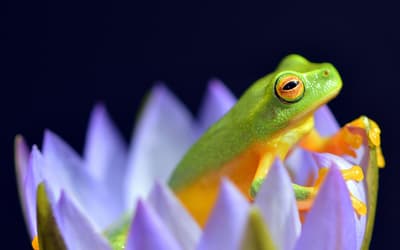
Initial Amphibian Molecular Baraminology Based on Analysis of the Mitochondrial Genome and Genome Size
Matthew Cserhati • Aug. 13, 2025
The present study analyzed the mitochondrial genome of 362 amphibian species from the National Center for Biotechnology Information Database.
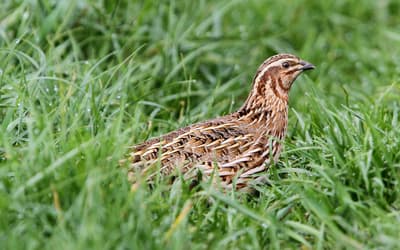
Defining Holobaramins of Order Galliformes Using Molecular Data
Marshall Jordan , et. al. • Aug. 6, 2025
The astonishing creative genius and power of God are displayed by the wonderful creatures he has made, especially the birds.
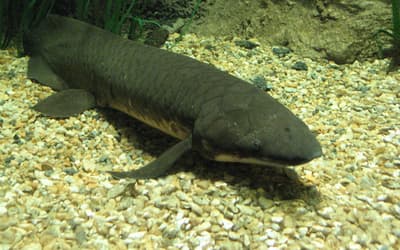
Lungfishes—Transitional Species, Fish, Amphibian, or Something Else?
Matthew Cserhati • May 7, 2025
Many modern fish are obligate air breathers, yet they are not on the alleged trajectory between sea and land organisms.

Molecular and Morphological Baraminology of Xenarthra
Matthew Cserhati • Feb. 19, 2025
Xenarthra represents an apobaramin within which several holobaramins may be discerned, using both mitochondrial DNA and morphological data.

Were Horses Designed to Be Ridden?
Caleb Harrier • Jan. 29, 2025
Were horses designed to be ridden? This is a question which, surprisingly, has been overlooked until more recent years.

Chloroplast Genome-Based Baraminology of the Order Myrtales
Oliver Di Martino , et. al. • Sept. 25, 2024
Past plant molecular baraminology studies analyzed the chloroplast genome of lilies and compared hybridization data in gourds. This study analyzes chloroplast and mitochondrial genomes in myrtles.

Baraminology of Cucurbitaceae Based on Chloroplast Genome Analysis
Matthew Cserhati • Sept. 11, 2024
This study demonstrated how chloroplast genomes can be used to classify species into holobaramins.
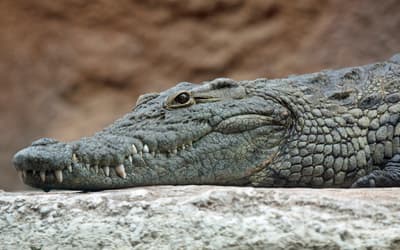
Baraminic Analysis of Crocodylia Based on Mitochondrial DNA Similarity
Matthew Cserhati • May 31, 2023
Are all crocodilians part of the same created kind, or are there multiple crocodilian kinds?

Revising Hominin Baraminology with Medoid Partitioning and Fuzzy Analysis
P. Sinclair , et. al. • Nov. 3, 2021
Creationist disagreement over the status of hominin fossils is unlikely to be resolved here, but Reeves’s recommendations bring alternative tools to baraminology that have not been applied.
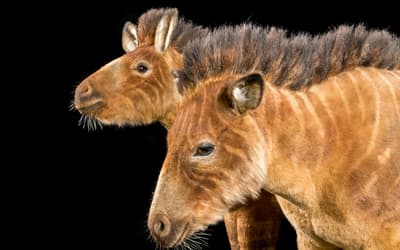
Baraminology by Cluster Analysis: A Response to Reeves
Todd Charles Wood • July 14, 2021
Pearson baraminic distance correlation remains a useful heuristic for clustering taxa and should not be rejected merely on the basis of Reeves’s critique.

A Critical Evaluation of Statistical Baraminology: Part 2—Alternatives and Conceptual and Practical Issues
Colin R. Reeves • July 14, 2021
Part 2 of this research, reported herein, presents a formal reanalysis of the turtle data using some well-known clustering techniques.

A Critical Evaluation of Statistical Baraminology: Part 1—Statistical Principles
Colin R. Reeves • July 14, 2021
The use of Baraminic Distance Correlation is based on a shaky understanding of statistical principles, and that their use ought to be abandoned.

Implications of Creation Biology for a Neogene-Quaternary Flood/Post-Flood Boundary
Chad Arment • Nov. 4, 2020
While several current Flood models posit an Upper Cenozoic Flood Boundary, none of them address the problem of biblical kinds and their relationship Genesis.
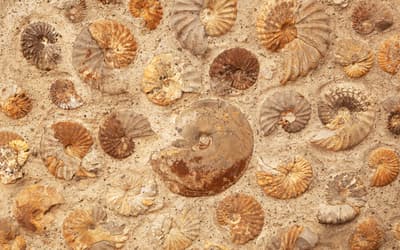
A Preliminary Cephalopod Baraminology Study Based on the Analysis of Mitochondrial Genomes and Morphological Characteristics
Jean O’Micks • Aug. 22, 2018
Cephalopods, including octopuses, squids, cuttlefish, and nautiluses, are underrepresented in both genome sequencing projects as well as baraminology studies.
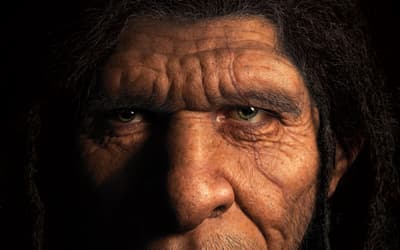
Homo naledi Probably Not Part of the Human Holobaramin Based on Baraminic Re-Analysis Including Postcranial Evidence
Jean O’Micks • Oct. 26, 2016
With the inclusion of 37 postcranial morphological characters, this work attempts to reassess the baraminic classification of H. naledi.

Big Gaps and Short Bridges: A Model for Solving the Discontinuity Problem
Change Laura Tan • July 6, 2016
This paper argues that the issue with the origin of life and the origin of biodiversity is not an issue of time, though deep time is problematical.
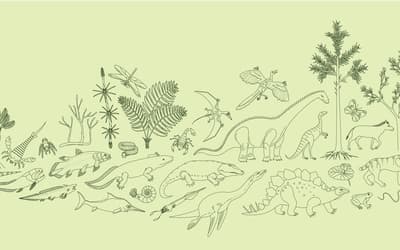
On the Origin of Eukaryotic Species’ Genotypic and Phenotypic Diversity
Dr. Nathaniel T. Jeanson , et. al. • April 20, 2016
This study shows that created heterozygosity, together with natural processes that are observable, is sufficient to account for species’ diversity.

Using Taxonomically Restricted Essential Genes to Determine Whether Two Organisms Can Belong to the Same Family Tree
Change Laura Tan • Nov. 4, 2015
How are all life forms connected? Are they linked by one giant family tree, a web, or a forest of family trees?

Documented Anomaly in Recent Versions of the BLASTN Algorithm and a Complete Reanalysis of Chimpanzee and Human Genome-Wide DNA Similarity Using Nucmer and LASTZ
Jeffrey P. Tomkins • Oct. 7, 2015
Past evolutionary research in comparative DNA analysis between chimps and humans has employed a great deal of preferential and selective data analysis.
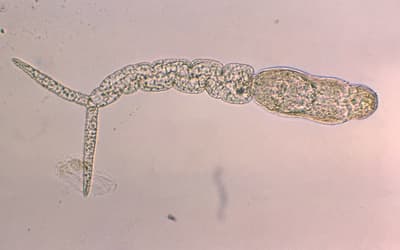
A Baraminic Study of the Blood Flukes of Family Schistosomatidae
Dr. Matthew E. Ingle , et. al. • June 24, 2015
This paper aims to determine the number of created kinds in this family of parasites, the original hosts, and what produced current species.

Mitochondrial DNA Clocks Imply Linear Speciation Rates Within “Kinds”
Dr. Nathaniel T. Jeanson • June 3, 2015
The mechanism of speciation remains one of the most contested scientific questions among both evolutionists and creationists.

An Initial Estimation of the Numbers and Identification of Extant Non-Snake/Non-Amphisbaenian Lizard Kinds: Order Squamata
Tom Hennigan • April 8, 2015
This paper is meant to lay creation groundwork for lizard systematics with the goal of estimating the number of baramins brought on the Ark.
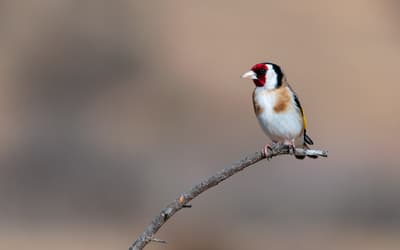
Natural Selection: Assessing the Role It Plays in our World
Dr. Jean Lightner • March 4, 2015
Natural selection is controversial among many scientists, both in evolutionary and creationary circles.
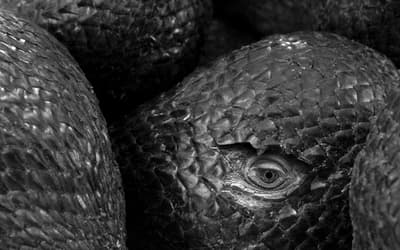
Discerning Tyrants from Usurpers: A Statistical Baraminological Analysis of Tyrannosauroidea Yielding the First Dinosaur Holobaramin
M. Aaron • Nov. 26, 2014
In this study, I analyzed a theropod dinosaur group, Tyrannosauroidea, through the use of statistical baraminology.

Fossil Baramins on Noah’s Ark: The “Amphibians”
Dr. Marcus Ross • Sept. 17, 2014
When added to previously determined kinds of extant anurans, caudates, and gymnophionans, a total of 248 amphibian kinds may have been brought on board the Ark.
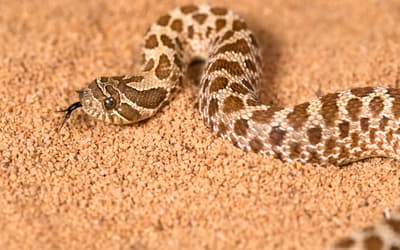
An Initial Estimate toward Identifying and Numbering Extant Tuatara, Amphisbaena, and Snake Kinds
Tom Hennigan • Feb. 19, 2014
The purpose of this paper is to use all available information in order to make an initial estimate of the identification and numbers of extant Lepidosaur kinds, except for the “lizards.”
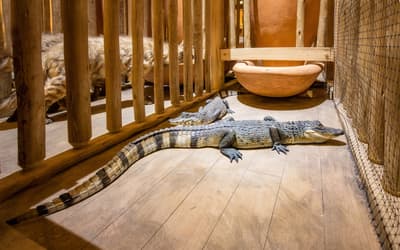
An Initial Estimate toward Identifying and Numbering the Ark Turtle and Crocodile Kinds
Tom Hennigan • Jan. 8, 2014
Biosystematics is in great flux today because of the plethora of genetic research continually shedding light on organism relationships.
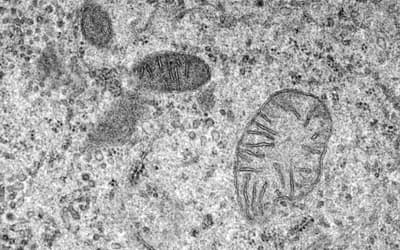
Recent, Functionally Diverse Origin for Mitochondrial Genes from ~2700 Metazoan Species
Dr. Nathaniel T. Jeanson • Dec. 11, 2013
The young-earth creation model currently lacks a robust explanation for molecular diversity.

An Initial Estimate of Avian Ark Kinds
Dr. Jean Lightner • Nov. 27, 2013
This paper will focus on identifying extant bird kinds.

An Initial Estimate Toward Identifying and Numbering the Frog Kinds on the Ark: Order Anura
Tom Hennigan • Oct. 2, 2013
It is estimated that 140 extant Anuran kinds were brought on the Ark.

An Initial Estimate Toward Identifying and Numbering Amphibian Kinds within the Orders Caudata and Gymnophiona
Tom Hennigan • Jan. 23, 2013
An initial attempt to count and identify biblical kinds in amphibian orders Caudata and Gymnophiona were estimated using current information and several key assumptions and guidelines.
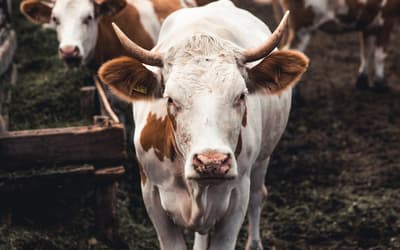
Mammalian Ark Kinds
Dr. Jean Lightner • Oct. 31, 2012
Information on the class Mammalia was evaluated in an attempt to get a realistic estimate of what mammalian kinds would have been represented on the Ark.
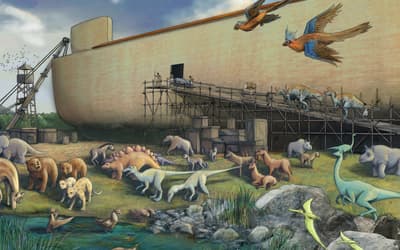
Determining the Ark Kinds
Dr. Jean Lightner , et. al. • Aug. 1, 2014
This research effort provides information necessary for the best possible reconstruction of the animal kinds preserved on the Ark for the Ark Encounter.
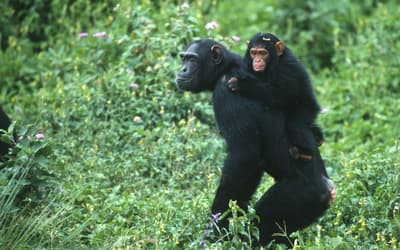
Response to Comments on “How Genomes are Sequenced and Why it Matters: Implications for Studies in Comparative Genomics of Humans and Chimpanzees”
Jeffrey P. Tomkins • Sept. 14, 2011
The author believes that his use of the Y-chromosome comparison example was misinterpreted and desires to clarify.
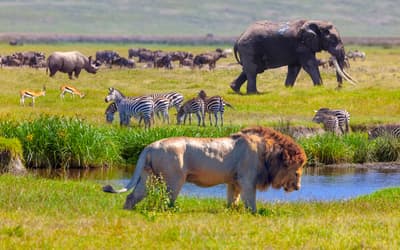
Created Kinds and Essential Natures: A Biblical and Philosophical Response to Evolutionists
Callie Joubert • July 27, 2011
Assuming that “natural kind” is a merely biological rather than metaphysical would be a mistake, resulting in Christians having difficulty evaluating and correcting rival views to created kinds.
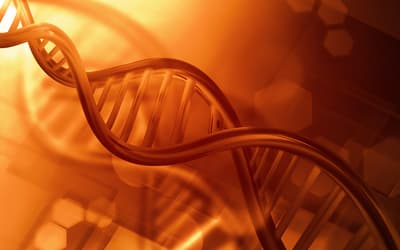
Toward an Accurate Model of Variation in DNA
Mitchel Soltys • March 2, 2011
The Bible’s description of created kinds implies an information model which uses variables. The findings in this paper show that a model which uses variables forms a basis for understanding biology.
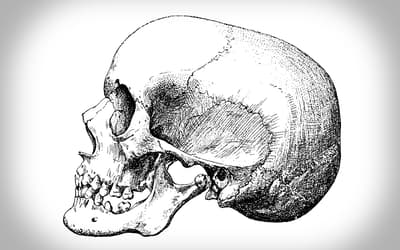
Baraminological Analysis Places Homo habilis, Homo rudolfensis, and Australopithecus sediba in the Human Holobaramin: Discussion
Dr. David A. DeWitt , et. al. • Aug. 25, 2010
A discussion on a previous ARJ paper in regard to Australopithecus sediba and its classification.

Baraminological Analysis Places Homo habilis, Homo rudolfensis, and Australopithecus sediba in the Human Holobaramin
Todd Charles Wood • May 5, 2010
This present study should end charges against creationists that classification of australopiths as human or ape is arbitrary and meaningless.

Towards a Creationary Classification of Mutations
Jonathan Bartlett • Dec. 2, 2009
Mutations are normally classified according to their proximal effect on an organism’s fitness, whether beneficial, deleterious, or neutral.
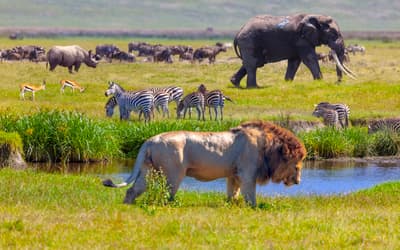
Genetics of Coat Color II
Dr. Jean Lightner • June 10, 2009
Recognizing the population bottleneck which occurred in land animals at the time of the Flood, it is clear that genetic variation was once more limited than it is today.

Genetics of Coat Color I
Dr. Jean Lightner • Oct. 8, 2008
Given the number of alleles within baramins, much of the diversity at this locus must have developed since the genetic bottleneck at the Flood where only a single breeding pair was preserved.
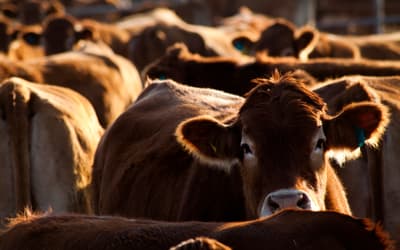
Karyotype Variability within the Cattle Monobaramin
Dr. Jean Lightner • June 11, 2008
Chromosomal rearrangements, particularly centric fusions, have played an important role in developing the chromosomal patterns that are seen in cattle today.
Baraminology on Answers Research Journal
According to evolutionary biologists, the diversity of life on earth can be explained by the processes of mutations, natural selection, and genetic drift. However, according to Scripture, God made everything according to its kind within days. These views obviously are in conflict, and evolutionists strongly object to the biblical view.
The discussion of baraminology is limited in Scripture. We are simply told that God created everything that exists today after its kind in Genesis 1. There are then scattered allusions to kinds (Hebrew min) throughout the first eleven chapters of Genesis, including a few in the account of the flood. From the flood narrative in Genesis 6–9, we know that the kinds that got on the ark came in different numbers (though most were in male-female pairs), but all the members of a kind that got on the ark were interfertile.
In seeking to understand the world from a biblical perspective, these papers in baraminological research consider both biblical and biological factors to determine boundaries of the baramins.
The goal of the Answers Research Journal (ARJ) in the area of baraminology is to provide evidence for the biblical account of creation. The professional, peer-reviewed papers published herein make a strong case for the historicity of Genesis and the accuracy of Scripture from the very first verse. Papers discussing the biblical baramins and how to determine baramin boundaries are included in the journal.
